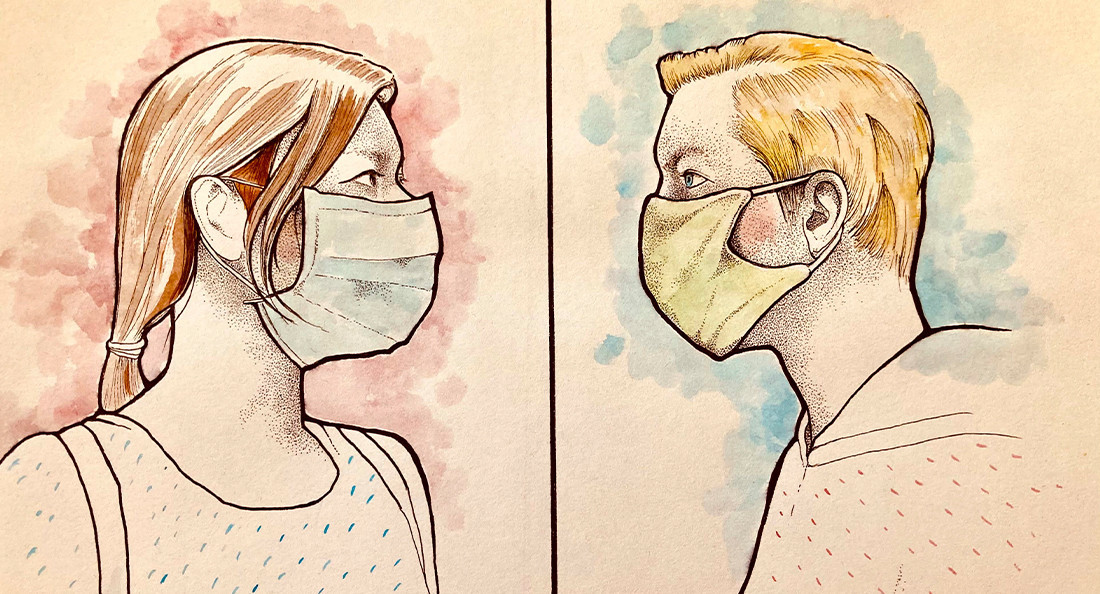Navigating the gendered impact of COVID-19
Women in the 15 to 24 age bracket among most affected by pandemic job losses
Statistics show Canadian women disproportionately face the brunt of COVID-19 burdens, contributing to what some economists are calling a “she-cession.” According to Statistics Canada, Manitoba has the second-highest rate in employment change among Canadian women over the age of 15.
Within this group, Canadian women between the ages of 15 and 24 have faced the hardest brunt of job losses, including an unemployment rate of 20.1 per cent as of January 2021, compared to 9 per cent in February 2020.
Molly McCracken, the director of the Canadian Centre for Policy Alternatives Manitoba office (CCPA MB) says this could be detrimental for many post-secondary students who rely on job security to pay for their education.
“Students would know very well what the impacts are. It’s hard to pay for education, bills,” she says. “It could set people back considerably.”
Shannon Sampert, a political scientist and columnist for the Winnipeg Free Press, says the gendered economic impact of COVID-19 is in part shaped by the fact that women predominantly work in sectors that have faced the most job cuts and layoffs.
“Women are also predominantly in retail, serving positions or lower-income positions,” Sampert says. “There’s a concern that those jobs are not coming back.”
While she doesn’t deny that students will be heavily impacted by the gendered impacts of COVID-19, Sampert says she is more concerned about its effects on racialized women and newcomers to Canada, many of whom face precarious employment.
In a recent report for CCPA MB, McCracken makes a strong case for a feminist response to COVID-19 in Manitoba.
“A feminist response (is) one that prioritizes social, political and economic equality of the sexes, also recognizing women-identifying, Two-Spirit and non-binary people who also have multiple barriers in the economy,” she says.
When tending to economic advancement in Manitoba, McCracken says the provincial government tends to focus investment in things like construction. However, she says that because this is a male-dominated sector, the government must invest in what she calls “social infrastructure” – including childcare, long-term care and other women-dominated service sectors – to stimulate a feminist recovery.
“Usually, women are first out of the labour force when they have to care for a child, sick relative or somebody in long-term care,” she says. “By having the social infrastructure of childcare and long-term care, women are able to go back into the paid-labour force.”
McCracken also cites implementing a living wage, paid sick leave and adequate social-assistance rates as necessary components of a feminist recovery from COVID-19.
The risks of having many women out of the labour force for long periods of time are worrisome to Sampert. She says some studies have shown that women’s economic advancements are being pushed to the level they were at in the 1980s.
“Anytime that there’s a two-year loss on your resumé, it’s very difficult to make that time up,” she says.
While the gendered impact of COVID-19 will take its toll on many in varying degrees, McCracken says mapping an effective economic recovery will require attending to those already left behind pre-COVID, including single mothers, racialized women and disabled people.
Published in Volume 75, Number 22 of The Uniter (March 18, 2021)







